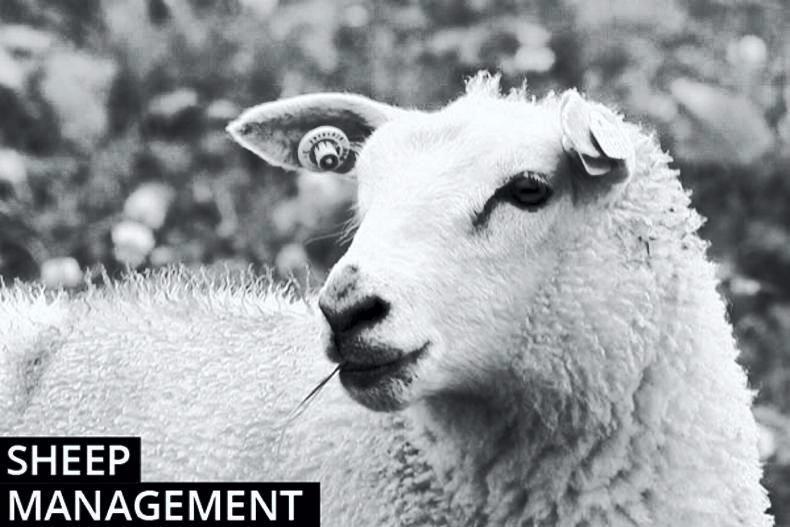Grassland productivity
At Tuesday’s lowland sheep conference, Philip Creighton of Teagasc Athenry outlined the major potential that exists to increase productivity from grazed grass. Figures presented showed just 9% of soils on drystock farms are classified as having good overall fertility. The immediate advice for farmers was to get soil samples taken, with the results built into a farm plan for fertiliser and lime application. Philip also highlighted the importance in getting an early application of fertiliser out. Grazed grass as a feed source for ewes and lambs in early lactation is approximately four times cheaper than supplementing with concentrates.
He said that poor ground conditions are obviously preventing farmers from applying fertiliser at present but advised that once ground conditions allow, the aim should be to have fertiliser sitting in the yard so that it can be applied. Soil temperatures in Athenry this week were recorded at 7.8°C, well above the recommended soil temperature of 6°C required for grass growth. An application of 1kg nitrogen will return an average spring response of 10kg dry matter, with the advice to apply 23 units ASAP. Urea was highlighted as better value than CAN at 8.1c/kg DM compared to 10.4c/kg DM.
Maintaining body condition
Also at the sheep conference, Tommy Boland of UCD School of Agriculture and Food Science delivered a number of timely tips for flocks entering late-pregnancy feeding. He said an underestimation of ewe liveweight is a regular contributor to feeding programmes failing to meet a ewe’s nutritional requirement in late pregnancy. Following a recommended feeding programme for ewes at 60kg liveweight that are actually weighing 80kg will result in a deficit in intake of 6.5MJ ME or 0.5 UFL in late pregnancy, equivalent to 0.5kg barley. He also stressed to farmers that ewes in a good body condition score of 3.0 entering late pregnancy should be seen as an asset, with condition more valuable to maintain and mobilise in early lactation.
Parasite control publication: A new publication which lists all products licensed for the control of parasites in Ireland has been launched by Teagasc. The useful guide was produced by Dr Barbara Good in the Animal and Grassland research and Innovation centre in Mellows Campus, Athenry. It covers anthelmintics, flukicides (including combination products), ectoparasticides and coccidiostats. Information is included on all products across seven parameters including the product brand name, company licensed, the name of the active ingredient, parasites targeted, route of administration and meat withdrawal period. Copies can be requested from Teagasc and it is also available through their website in the publications section.
Sheep census and welfare scheme
The closing date for farmers to confirm participation in year two of the Sheep Welfare Scheme is Friday 2 February. Participants must return their application form or confirm participation through the Department’s Agfood.ie facility.
The closing date for returning your sheep census has passed for hardcopy returns since Wednesday 31 January.
Applications can be completed until 14 February online through agfood.ie.
